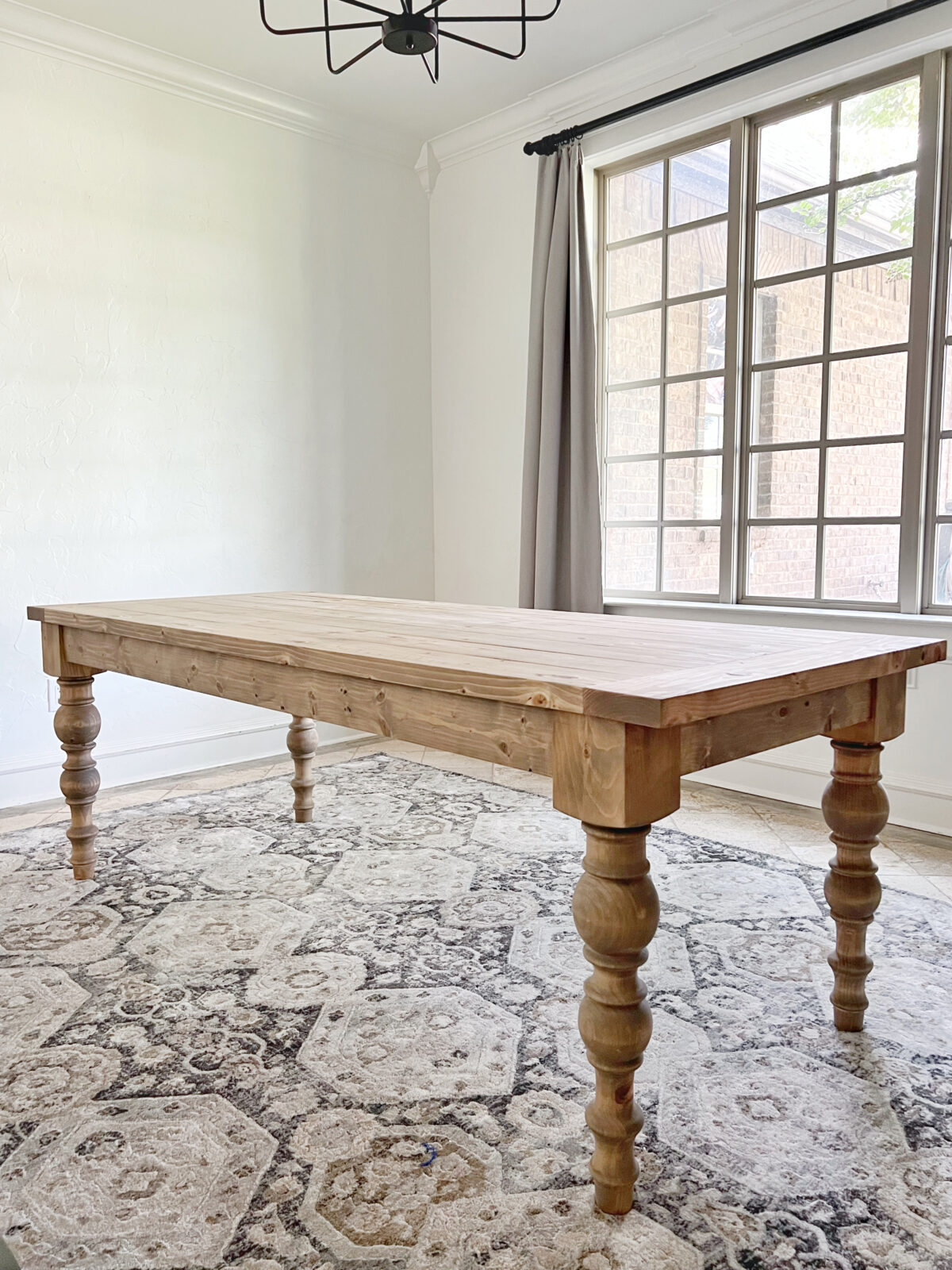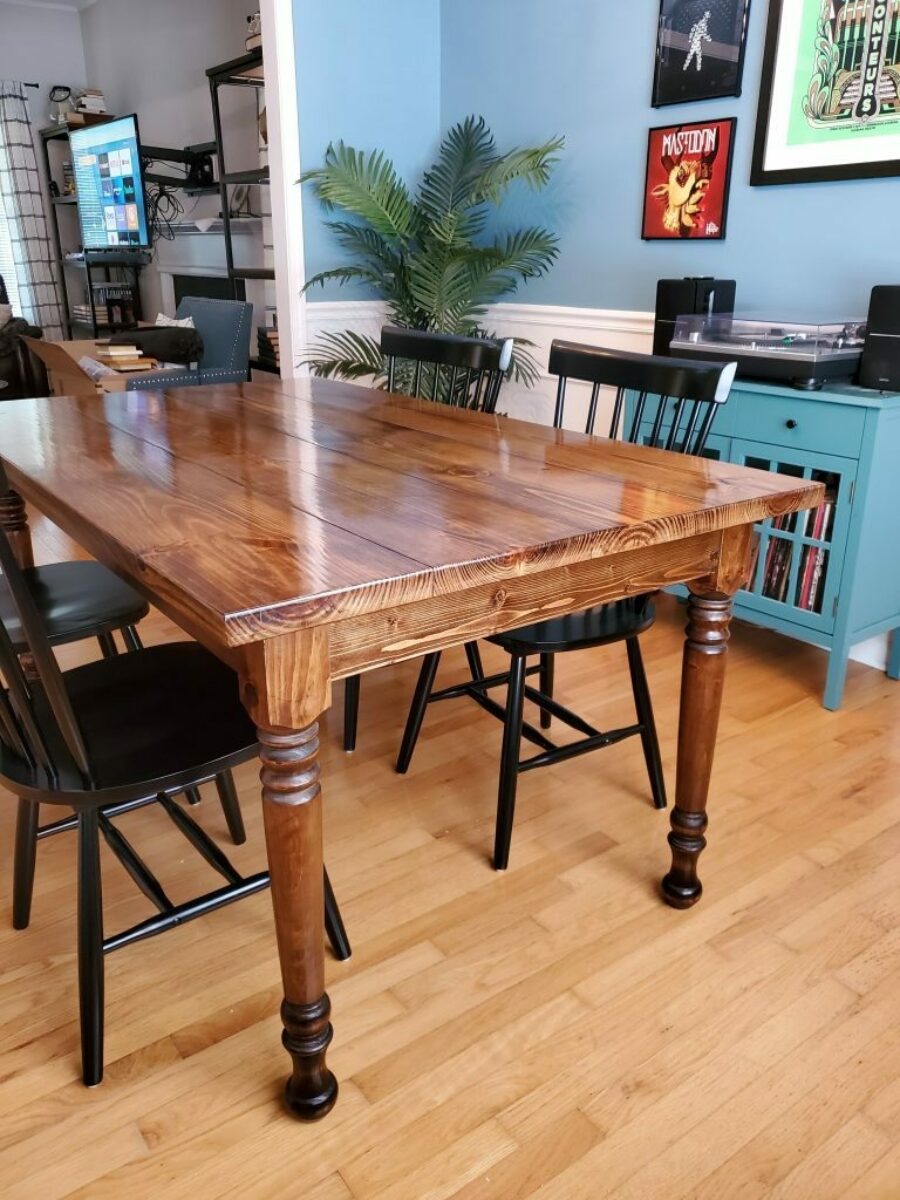Eating Table Legs: Exactly How to Select the most effective Styles for Your Area
Selecting the ideal dining table legs is essential for both visual and functional consistency in your dining room. Whether your area flaunts a sleek, modern-day ambiance or leans in the direction of an extra standard atmosphere, the design of the legs can considerably affect the total look. Tapered legs show contemporary style, while turned legs offer a nod to traditional appeal.
Analyzing Your Dining-room Style
How do you determine the best eating table legs for your room? The response begins with a complete analysis of your eating room style. A cohesive design guarantees that your table legs improve the general aesthetic rather than clash with existing aspects.
An eating room with sleek, modern chairs and metal accents may benefit from straightforward, structured table legs. On the other hand, a space loaded with vintage pieces and abundant materials may call for ornate, carved legs.
Huge, open eating areas can accommodate much heavier, more considerable legs, whereas smaller sized spaces call for even more delicate, inconspicuous styles. By carefully assessing these elements, you can pick dining table legs that sympathetically blend with your eating area's style.
Popular Leg Styles Explained

One prevalent style is the tapered leg, renowned for its smooth, contemporary look. This leg tightens from top to bottom, using a minimalist charm appropriate for contemporary and Scandinavian insides. Next, the turned leg functions detailed spindle-like styles, typically discovered in typical and farmhouse settings. These legs include a touch of workmanship and elegance.
Cabriole legs, with their distinct contours, are associated with French Provincial and Queen Anne furnishings. Their stylish, flowing lines bring a feeling of refinement and historical appeal (dining room table legs). For those favoring a durable and uncomplicated layout, square legs give tough support and a tidy, geometric appearance, perfect for industrial or minimalist rooms
Lastly, hairpin legs supply a retro, mid-century modern vibe. Made from metal, these legs are both lightweight and solid, including a distinct aesthetic comparison to wooden tabletops. Recognizing these styles will certainly direct you in choosing dining table legs that improve your area's visual and capability.
Product Considerations

Metal legs, usually made from stainless steel, iron, or aluminum, provide a contemporary and industrial appearance while making certain durable support. They are generally a lot more immune to use and tear, making them a sturdy selection.

Various other products like bamboo or rattan offer environmentally friendly alternatives, bringing an all-natural and unwinded ambiance to the dining area. Each product has its benefits and drawbacks, and the ideal option will certainly rely on your details demands and choices.
Balancing Appearances and Capability
Achieving the best equilibrium in between aesthetic appeals and functionality is essential when picking table legs. While the visual allure of table legs can considerably boost the total atmosphere of an eating space, their useful facets can not be forgotten. The style of the legs need to balance with the space's design, yet they must also supply sufficient support and security for the table.
Consider the building design of your space. Sleek, contemporary insides might profit from minimal, metal legs that provide a clean and unobtrusive look. On the other hand, typical settings usually match transformed or sculpted wood legs that include a touch of sophistication and elegance.
Capability includes the stability and toughness of the legs. Trestle legs, understood for their toughness, can give solid assistance for larger tables, making them suitable for family members or constant performers. On the other hand, pedestal legs can offer even more legroom and versatility, permitting my review here far better seating plans
Additionally, the elevation and positioning of the legs are vital for comfy dining. Legs positioned as well far inward might hinder seating, while those as well near the side can restrict movement. Hence, thoughtful factor to consider of both visual and practical elements is critical for an optimal eating experience.
Modification and DIY Options
Personalization opens a world of possibilities for developing dining table legs that are uniquely tailored to your taste and demands. Whether you seek a typical, contemporary, or eclectic look, customized options enable you to pick the precise products, finishes, and creates that best complement your space. Customizable options variety from choosing the kind of wood-- such as oak, maple, or walnut-- to picking metal finishes like brushed nickel or antique brass. Furthermore, details design elements, such as turned legs, tapered forms, or elaborate carvings, can be included to mirror your design. read this post here
For those inclined article source in the direction of diy (DIY) tasks, developing custom-made table legs uses both a fulfilling experience and the opportunity to attain a bespoke visual. Do it yourself lovers can source basic materials and make use of woodworking or metalworking devices to craft legs that fulfill precise specs. Furthermore, various online tutorials and workshops supply assistance, making the procedure extra easily accessible for novices.
Ultimately, whether selecting specialist personalization or beginning on a DIY endeavor, the capacity to tailor table legs guarantees that the end product harmonizes with your interior decoration vision, improving both functionality and aesthetic charm.
Final Thought
Choosing the proper eating table legs requires careful factor to consider of the total design of the dining area, including existing architectural functions and furnishings. Inevitably, the picked table legs must complement the style, offering both aesthetic appeal and practical support.